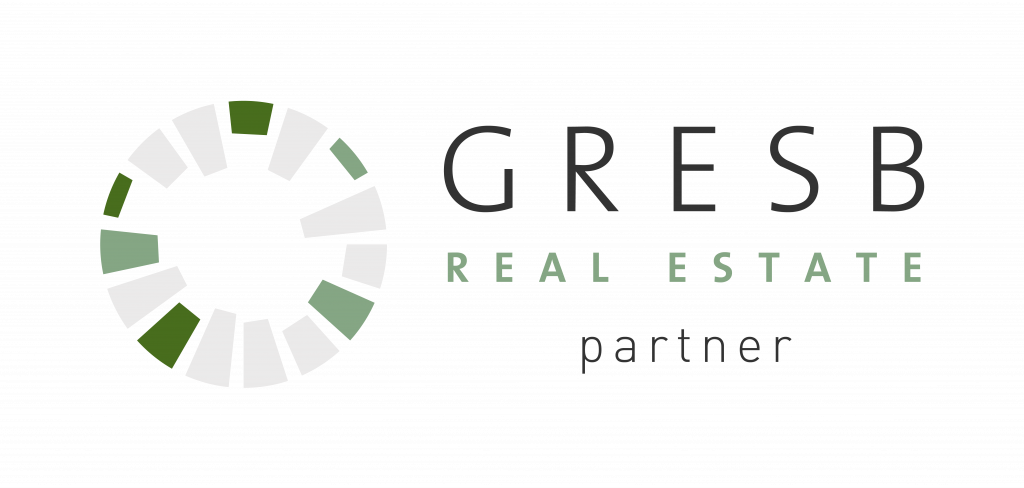The Global Reporting Initiative is an independent, international organisation that helps businesses and other organisations take responsibility for their impacts, by providing them with the global common language to communicate those impacts.
GRI Standards help organisations understand their outward impacts on the economy, environment and society (including human rights) which increases accountability and enhances transparency on their contribution to sustainable development.
GRI recommends reporting in accordance with the GRI Standards, meaning that the organisation reports on all its material topics and related topics, including how they manage these topics. This provides the most comprehensive picture of an organisation’s impacts.
If an organisation cannot fulfil some of the requirements to report in accordance with the GRI Standards, or only wishes to report specific information for specific purposes, then they can use selected GRI Standards and report with reference to the GRI Standards.
GRI Standards are a modular system comprised of three series of Standards that can be used together:

Each Standard contains disclosures, which provide a structured means for an organisation to report information about itself and its impacts. The disclosures employ a combination of requirements that list the information an organisation must report on and recommendations that indicate information or actions that are encouraged but not compulsory.
GRI Universal Standards
These standards apply to all organisations and consist of the following:
- GRI 1: Foundation: Outlines the purpose of GRI Standards, clarifies critical concepts and explains how to use the Standards. It lists the requirements that an organisation must comply with to report in accordance with the GRI Standards as well as specifying the principles (e.g., accuracy, balance, verifiability, etc.) that are fundamental to high-quality reporting.
- GRI 2: General Disclosures: Contains disclosures relating to how details about an organisations structure and reporting practices (e.g. activities, workers, governance, strategy, policies, practices and stakeholder engagement, etc.), which give insight into the organisations profile and scale and help to provide a context for understanding an organisation’s impacts.
- GRI 3: Material Topics: Explains the steps by which an organisation can determine the topics most relevant to its impacts (i.e. a materiality assessment) and describes how Sector Standards are used in this reporting process. It also contains disclosures for reporting its material topics and the process by which the organisation has determined and manages each topic.
GRI Sector Standards
Sector Standards aim to increase the quality, completeness, and consistency of reporting by organisations. Standards will be developed for 40 sectors, beginning with those with the highest impact (e.g. oil and gas, agriculture, etc.)
The Standards list topics that are likely to be material for the majority of organisations in a given sector and indicate relevant disclosures to report on these topics. If an applicable Sector Standard is available, an organisation is required to use it when reporting with the GRI Standards.
Each Sector Standard follows the following process:
- An initial section that gives an overview of the sector’s characteristics, including activities and business relationships that can underpin its impacts.
- A main section that lists the likely material topics for the sector. Topic by topic, the most significant impacts associated with the sector are described here.
- Each topic description points to the relevant disclosures in the Topic Standards.
A Sector Standard may also list additional disclosures that are not in a Topic Standard (e.g. where the disclosures from the Topic Standard do not provide sufficient information about the organisation’s impacts concerning the topic).
Topics and their associated disclosures are determined using sector-specific evidence, international instruments, and advice from sector experts. Consequently, they reflect the expectations of a wide range of stakeholders.
GRI Topic Standards
GRI Topic Standards contain disclosures for providing information on topics (e.g. waste, occupational health & safety and tax).
Each Standard incorporates an overview of the topic and disclosures specific to the topic and how an organisation manages its associated impacts. The organisation selects the Topic Standards that correspond to the material topics determined in GRI 3.
The Reporting Process
The reporting process set out in GRI 1 is the starting point for all organisations reporting to the GRI Standards. The is as follows:
- Identifying and assessing impacts: Identifying the impacts and assessing their significance in accordance with GRI 2 and GRI 3.
- Determining material Topics: Deciding which impacts to report on by prioritising the impacts through the grouping of these impacts into topics. This identifies which topics are most relevant to an organisation’s activities. GRI 3 contains a step-by-step explanation of how to organise this grouping.
- Reporting disclosures: Once the material topics have been determined, an organisation must gather relevant data to report specific information on each topic. The disclosures in the Topic Standards specify the information that needs to be collected to report according to the GRI Standards.

GRI Report
Reports using the GRI standards may be published in various formats and made available across one or more locations (e.g. standalone sustainability reports, websites, annual reports, etc.).
Reports must contain a GRI context index which makes reported information traceable and increases the report’s credibility and transparency. The context index must:
- Provides an overview of the organisations reported information
- Help stakeholders navigate the report at a glance.
- Specify the GRI Standards used
- List the location (e.g. page number or URL) for all disclosures
- Specify reasons why any disclosures have not been included
A full list of the GRI Standards can be found here.









